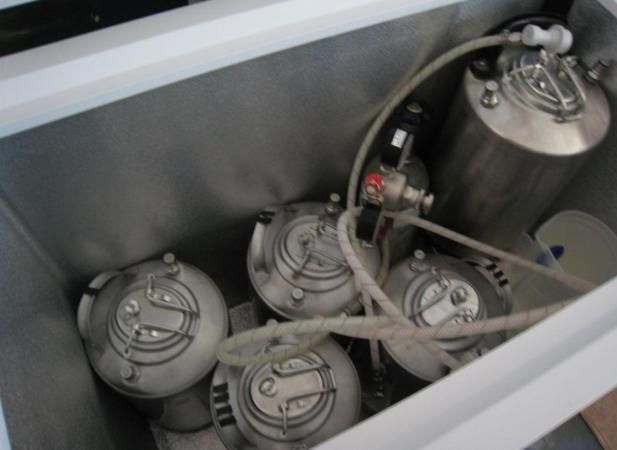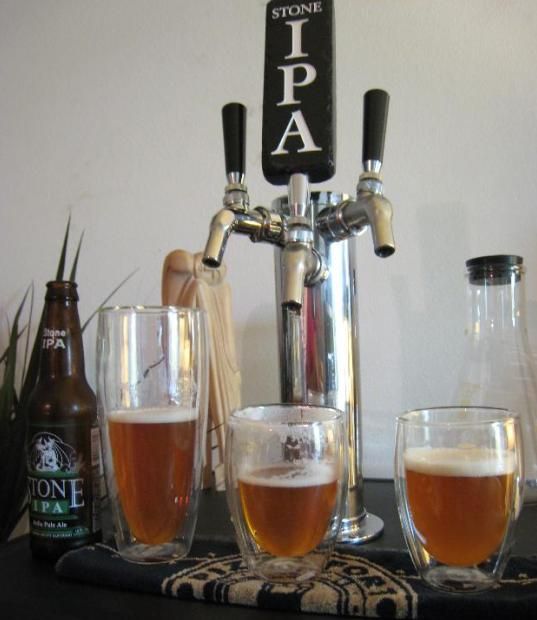ipso
Well-Known Member
(Lets go with a specific example say a Celebration Ale Clone - 5gal - all-grain. Make all the assumptions needed.)
7 days in primary
Dry hop
7 more days in primary
Rack to keg
Condition 3 weeks
Force carbonate (in refrigerator) for 3 days to ~2.6 v/v
I think full attenuation is pretty much achieved after 14 days, right? - given a quick yeast and standard practice. But on the micro/absolute level isnt attenuation actually a long-tail thing, that has some micro affect for the entire three weeks? Maybe not. Hence the following questions:
1.) Would there be any noticeable (or even theoretical) differences in taste if the ale was matured in the refrigerator for the three weeks (35 degrees) vs. in the brew room (70 degrees)? (Wouldnt it just take slightly longer in the cooler temp?)
2.) Would there be any noticeable (or even theoretical) differences in taste if the ale was force carbonated immediately and held constant for the three weeks, say at ~2.6 v/v? (Would any maturation processes vary with pressure? If so is this also temperature dependent?)
3.) Finally, wouldnt it be more technically correct to say (given the uppermost example) that were not conditioning the beer for 3 weeks, were maturing the beer for 3 weeks? Were conditioning the beer in that upper most example for exactly 3 days. (Its kind of a pedantic-ass call, but nevertheless isnt it true?)
Ales traditionally condition a cellar temps, right?, which is probably somewhere between the temperature examples given. I wonder which way (cold or room temp) is better for the TASTE of said example.
No worries; just curious - a kind of thought experiment. Any info or clarifications are appreciated.
7 days in primary
Dry hop
7 more days in primary
Rack to keg
Condition 3 weeks
Force carbonate (in refrigerator) for 3 days to ~2.6 v/v
I think full attenuation is pretty much achieved after 14 days, right? - given a quick yeast and standard practice. But on the micro/absolute level isnt attenuation actually a long-tail thing, that has some micro affect for the entire three weeks? Maybe not. Hence the following questions:
1.) Would there be any noticeable (or even theoretical) differences in taste if the ale was matured in the refrigerator for the three weeks (35 degrees) vs. in the brew room (70 degrees)? (Wouldnt it just take slightly longer in the cooler temp?)
2.) Would there be any noticeable (or even theoretical) differences in taste if the ale was force carbonated immediately and held constant for the three weeks, say at ~2.6 v/v? (Would any maturation processes vary with pressure? If so is this also temperature dependent?)
3.) Finally, wouldnt it be more technically correct to say (given the uppermost example) that were not conditioning the beer for 3 weeks, were maturing the beer for 3 weeks? Were conditioning the beer in that upper most example for exactly 3 days. (Its kind of a pedantic-ass call, but nevertheless isnt it true?)
Ales traditionally condition a cellar temps, right?, which is probably somewhere between the temperature examples given. I wonder which way (cold or room temp) is better for the TASTE of said example.
No worries; just curious - a kind of thought experiment. Any info or clarifications are appreciated.






